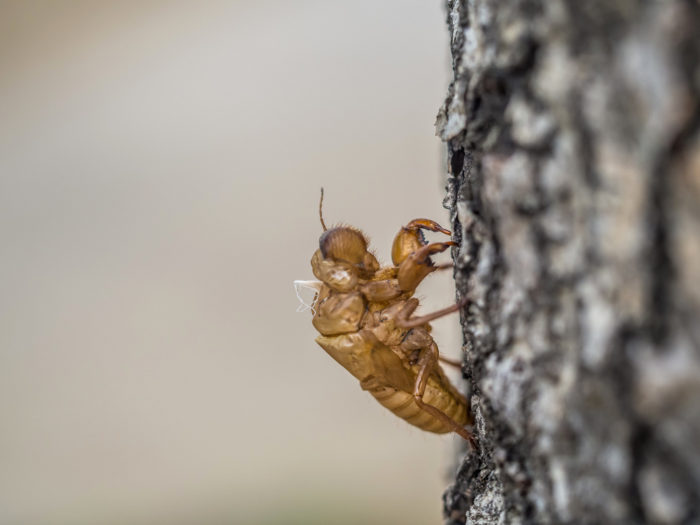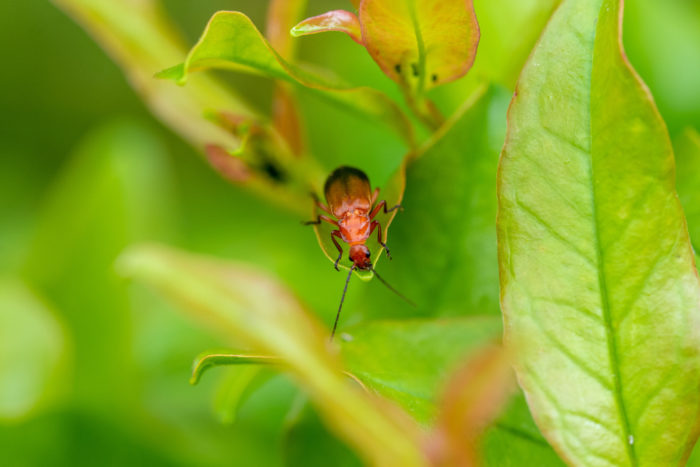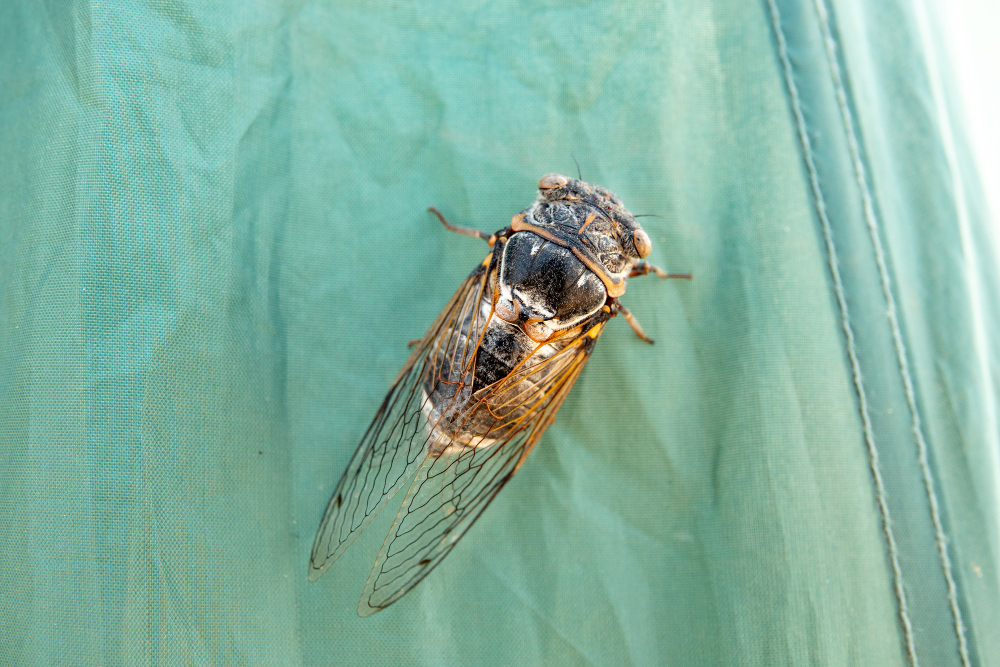“There was little to say there was no conversation
As I stepped to the stage to pick up my degree
And the locusts sang off in the distance
Yeah, the locusts sang such a sweet melody.”
Bob Dylan, who needs no introduction, wrote these lines in his song- Day of The Locusts. He wrote the song to commemorate the day he received an honorary degree from Princeton. But, it was not the locusts who were singing their sweet melody for Dylan. It was actually the cicadas.
As it turns out, Dylan is not the only one who seems to have got the two confused.
Are Cicadas and Locusts the Same Thing?
A lot of people think cicadas and locusts are one and the same. So, are they? No, cicadas and locusts are not the same. They are altogether different species of insects. Still, telling cicadas and locusts apart can be a bit tricky since the words are sometimes used interchangeably.
So, why do people often confuse the two?
Perhaps, they are often mistaken with each other due to their behavioral similarities. Both of these fascinating creatures use plants as their sustenance source. Both the insects have wings and the capacity to make noises. But the most conceivable likeness lies in their swarming behavior.

Locusts are well known to swarm. Cicadas, on the other hand, are often thought to swarm. The periodical cicadas- the broods that resurface after 17 long years of being underground, happen to come out in large numbers. We are talking millions and even billions of them!
So, cicadas don’t actually swarm—they just happen to be above the ground in large numbers, all at the same time. But, this was not evident to farmers back in colonial times. So when a massive number of cicada broods emerged, the country folks assumed it to be another locust plague.
How Do They Differ?
Although locusts and cicadas are both insects, they have distinct binomial classifications. Locusts belong to the Orthoptera order. The insects of this order have developed long hind legs for jumping. Whereas cicadas belong to the Hemiptera order. Like other members of this order, cicadas undergo incomplete metamorphosis.
Cicadas have big, clear wings and rounded bodies. They come under the larger set of insects and can usually grow up to be 0.8 to 2.5 inches long. Locusts have a slim and straight body. They can grow up to 0.5–3 inches in length.
Clear physical distinctions exist. However, these two species of insects are most set apart by their behavior and life cycle.
One of the central differences between locusts and cicadas lies in their swarming nature. Locusts are perceived to swarm and consume all plant life that comes in their way. The swarming threat of locusts is triggered by their desperation for food.
In fact, the havoc locusts wreak sometimes leads to famine. Cicadas, on the other hand, do not cause any severe damage to crops, even when they come in a large group. They may damage cultivated vegetation, but this damage does not compare to what locusts can do.
Cicadas and locusts both go through a series of transformations before acquiring their final form. The life cycle of a cicada is a unique process. Especially if we consider the case of periodical cicadas, which take around 13 to 17 years to mature into adults. While annual cicadas take about two to five years.
The life cycle of locusts is simple and shorter as compared to cicadas. It takes the locust nymphs anywhere from 24 to 96 days to become adults. Their lifespan ranges from 3 to 6 months.
A notable thing that further distinguishes both these insects is their dietary habits. Cicadas have mouthparts adapted for sucking juices from plants. They usually feed on xylem from twigs, roots, and branches. While locusts eat leaves and other soft plant tissues. They usually destroy the plants and crops to eat them.
While both these winged insects are known to make noise, a clear distinction can be drawn. Cicadas are generally a lot louder than locusts.
The male cicadas produce loud noises by vibrating membranes called tymbals, present near the base of their abdomens. These noises are predominantly courtship calls and can reach as loud as 90 decibels.

Locusts are not as loud as cicadas. They produce their sounds by rubbing two parts of their body against each other. This process is known as stridulation. The sound produced by locusts varies across the different types. Some make muffled buzzing sounds, while some make loud cracking or snapping sounds.
Conclusion
Both these insects share some physical attributes. Both are herbivorous insects with wings that make a buzzing noise. But, the bottom line is that cicadas are not the same as locusts.
They do not form swarms and are definitely not destructive in nature. They might cause slight damage to your small plants, but the destruction caused by cicadas is not as severe as compared to that caused by locusts.
